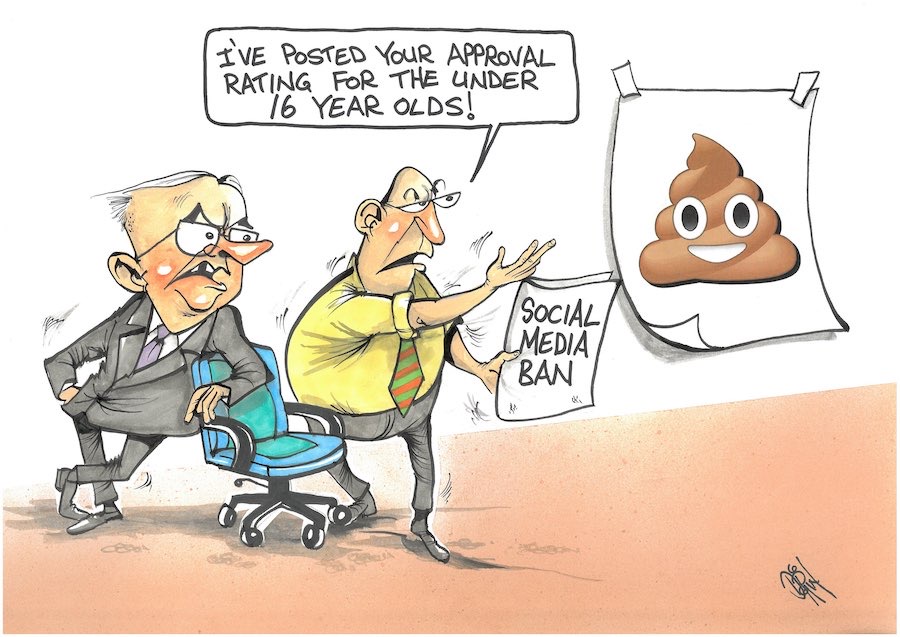THERE has been, just recently, an interesting and coincidental confluence of reports about housing and land supply in the ACT and nationally.

This included the release by the ACT Housing and Homelessness Policy Consortium of a report on the results of detailed research into housing supply, demand and affordability in the ACT. That report details the extent of housing stress in the ACT and reveals that almost 20,000 households experience significant stress in meeting rent or mortgage payments.
Of those households 6600 of them, in the 40 per cent of households with lowest income, found rent or mortgage payments quite or very difficult to pay.
More than 7000 households in the same income grouping compromised or went without food or delayed or compromised on health care and visits to the doctor, in order to pay their rent or mortgage.
The Housing and Homelessness Policy Consortium report was published shortly after the release by First Point of the ACT data for January 2016 of the number of families and individuals waiting for homelessness accommodation.
First Point reports that at the end of January, in what is understood to be a record high for the number of people seeking homelessness accommodation in the ACT, there were a total of 745 people on the waiting list, 404 of whom were described by First Point as “vulnerable families, individuals or couples”.
These two reports paint a worrying picture of the state of the housing market in the ACT and by extension our commitment to fairness and a socially just society.
It was surely a coincidence that in the week after the release of the Policy Consortium report that 800 Canberra families turned up for the auction of 106 single blocks of land being sold by the LDA in Throsby. Throsby is in Gungahlin, about 12 kilometres from Civic, and is positioned on the outer urban edge of Canberra between Horse Park Drive and the NSW border.
The lucky 106 who secured a block paid a total of $48 million or an average of $453,000 per block.
The 106 blocks ranged in size from 315 to 1035 square metres. It is assumed that the LDA chose, with an eye to affordability, to offer a range of block sizes to ensure as wide a cross section of Canberrans as possible might seek to purchase land to build their dream home. Accordingly of the 106 blocks 62, or 58 per cent, were small blocks of 450 square metres or less and a total of 79, or 74 per cent, were 500 square metres or less including nine blocks of only 315 square metres.
Of the blocks 450 square metres or less, designed presumably for first home buyers or people on lower incomes, the average size was 408 square metres and the average price paid was $408,300 or exactly $1000 per square metre. The nine small blocks of 315 square metres sold for an average of $351,278 or $1115 per square metre, which made them the most expensive purchases on a square-metre basis in the sale. Three of the 315 square metre blocks sold for $365,000 each or for $1159 per square metre.
A question that warrants investigation is the land production cost for Throsby and the extent of the profit the government is reaping from the sale of single, greenfield housing blocks. The question that needs then to be asked is: what effect is the method or rate of release of land for detached houses having on the affordability of detached housing and on the ACT economy?
Having regard to the location of Throsby and the existing infrastructure (it is adjacent to existing suburbs and roads) and to recently available cost data and the published reserve prices for the 106 blocks, it is possible the government has made a profit of up to $30 million from the sale of these 106 blocks. The reserve price alone was exceeded by an average of $107,000 per block for a windfall of $11 million. I invite the LDA to correct me if I am wrong.
Following the sale a spokesperson for the LDA’s selling agent said: “You can just tell from these numbers people see the real value of being in Throsby.”
There are, with respect, more credible if less palatable explanations for these staggering block prices than the undeniable charm of Throsby.
Jon Stanhope was Chief Minister from 2001 to 2011 and represented Ginninderra for the Labor Party from 1998. He is the only chief minister to have governed with a majority in the Assembly.
Who can be trusted?
In a world of spin and confusion, there’s never been a more important time to support independent journalism in Canberra.
If you trust our work online and want to enforce the power of independent voices, I invite you to make a small contribution.
Every dollar of support is invested back into our journalism to help keep citynews.com.au strong and free.
Thank you,
Ian Meikle, editor




Leave a Reply